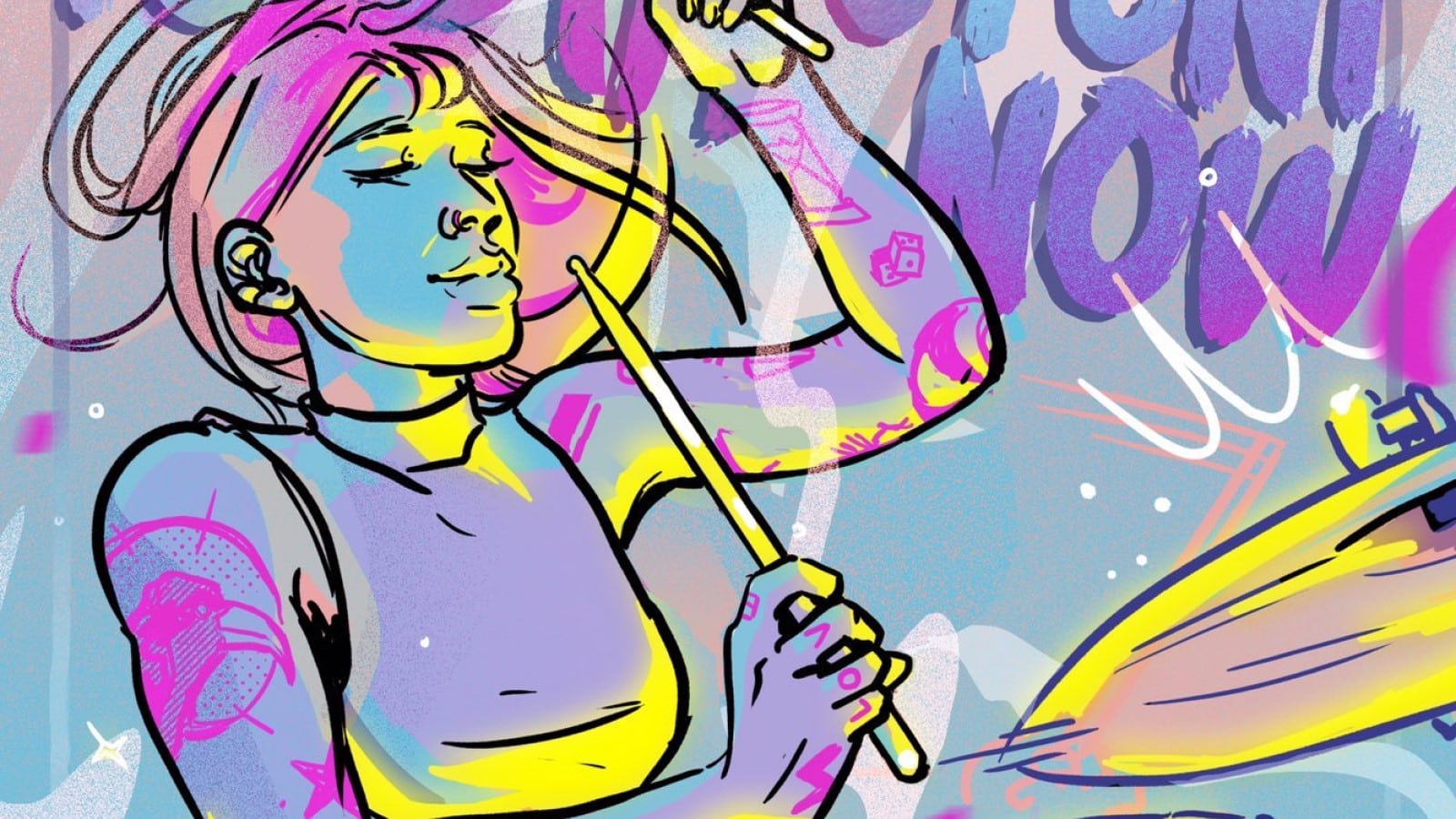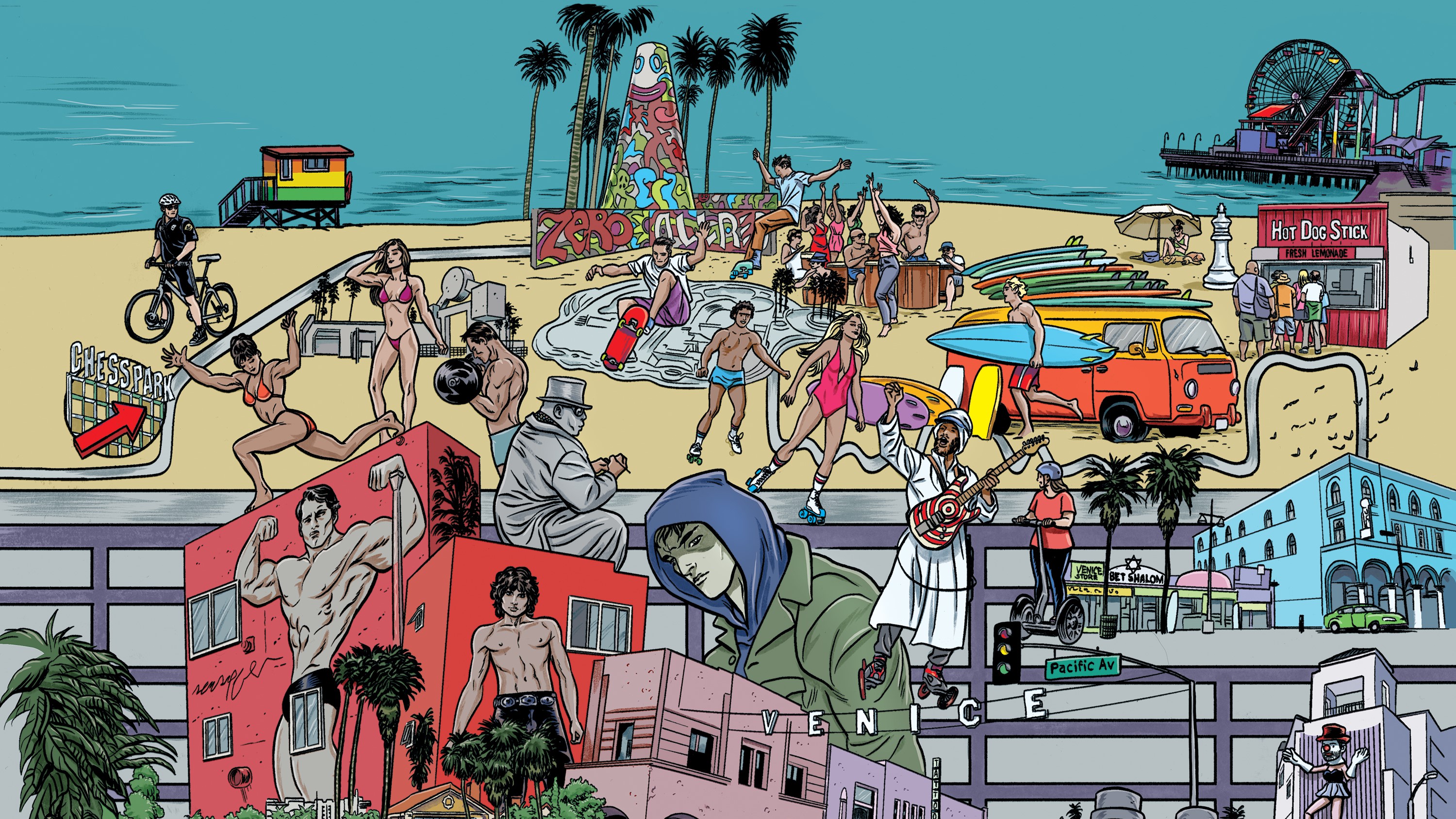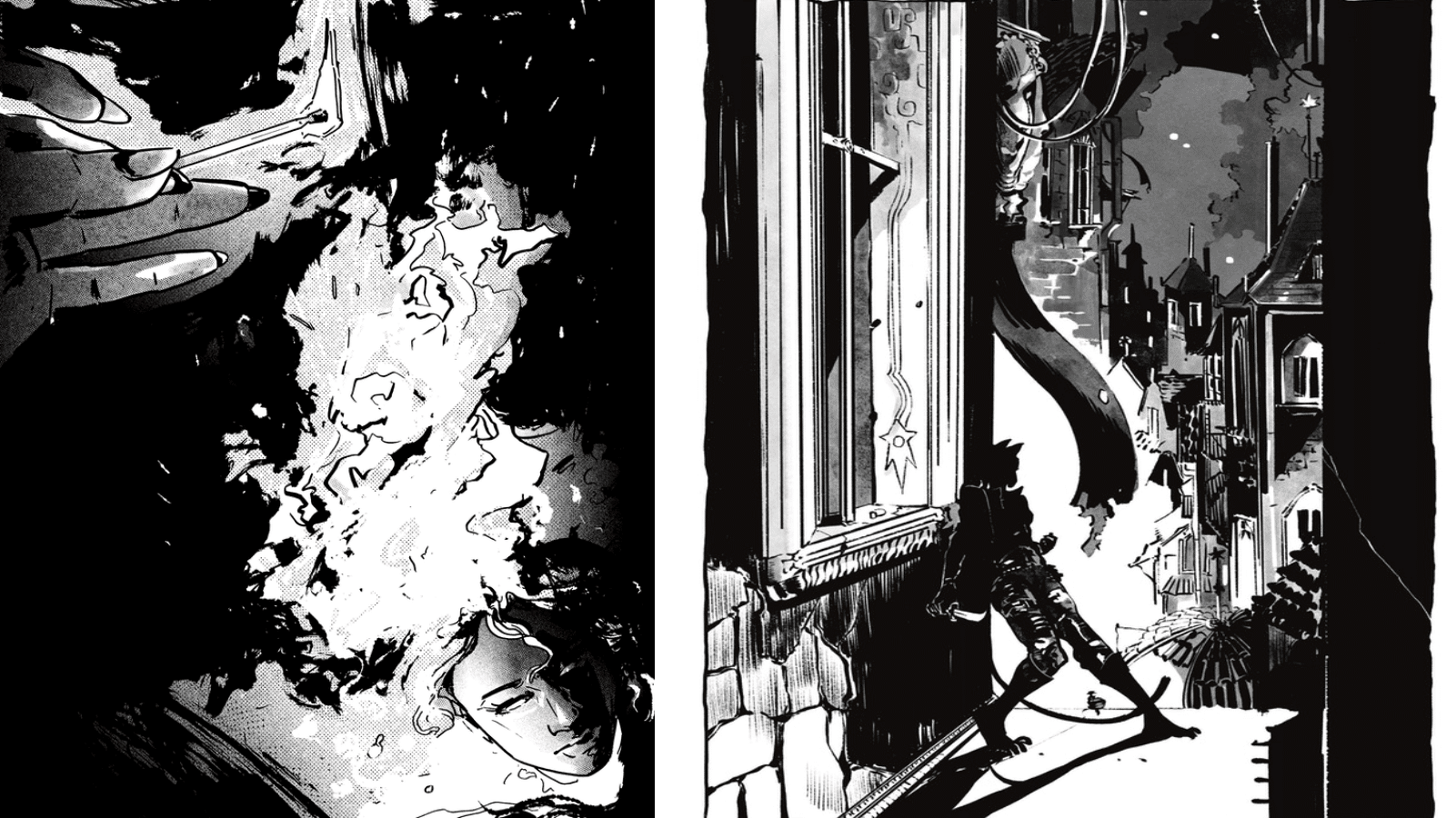Horror, queerness and New Jersey. Could a headier mix of topics exist? I’m not sure, but writer Emmett Nahil and artist George Williams are looking to explore it in the new graphic novel Let Me Out, currently wrapping up its Kickstarter campaign. Before the funding window closes, I was able to ask Nahil about the project, the history that underpins it and why it’s set in my home state.
Matt Lazorwitz: Let’s start from the top: Tell our readers what Let Me Out is all about.
Emmett Nahil: Let Me Out is a queer Satanic Panic horror OGN. Set in 1979, when a preacher’s wife shows up dead, four friends (Mitch, Terri, Jackson and Lupe) are framed as convenient scapegoats. As a satanic conspiracy involving secret government bureaus and blood rituals unravels, things take a turn for the hellish.
ML: How did you connect with your artist, George Williams?
EN: Through Twitter, actually! I had worked up the concept for the comic and was working on bringing it to agents, and I was really excited to work with an artist. I had already been following George, and he expressed interest in the project! I was confident that he understood not only what the comic was but what it could be.
ML: Horror is a genre that has rarely treated marginalized people well; there’s a reason why “The Black guy always dies first” is a thing. What made you want to write a horror story featuring marginalized people as the leads?
EN: That’s true, but there’s also a long history of marginalized people creating horror both behind the page or in front of the camera. I think both facts existing simultaneously is one of the biggest reasons for featuring marginalized folks as leads in the story. I also have a soft spot for seeing other queer Arab Americans in genre work.

ML: Was that Satanic Panic of the late ’70s/early ’80s a period of interest for you before starting the book, or did you have the story idea and sought out a time where it would work?
EN: Yeah, definitely! I’m a massive history nerd, so I was already pretty familiar with it before starting, and the story arose out of my interest in the era. I also was seeing a lot of sort of blind nostalgia for this time period in a way that was really annoying to me, personally. Queer people existed in all eras and in every possible location. I really wanted to emphasize their outsider status despite this kind of retroactive glossing-over of some of the more prickly or unappealing parts of those years.
ML: As a proud native son of the Garden State, I have to ask: what about N.J. made it the right setting for this book?
EN: I wanted someplace that was very … I dunno, quintessentially American suburbia. Columbiana is obviously a fake town, but I wanted a slight bit of that kind of Northeast flavor to it. The location where I set it in N.J. is by definition outside of any major urban area, and that kind of isolation was important to the feeling of desperation and need to escape their hometown that the gang feels.
ML: Why did you decide to take this book to Kickstarter?
EN: This is my first ‘solo’ Kickstarter, but I’ve had a lot of experience in the past co-running Kickstarters and helping plan campaigns before! It’s a great platform, and it’s a great way to get projects off the ground that haven’t been successful in the traditional publishing world, but have an audience that desperately wants to see them made!

ML: You’re putting this book out as a digital product. What was your reasoning for going digital only (unless you reach some of your higher stretch goals) rather than setting your goal for a physical release?
EN: For me, the comic has been in production for so long that our biggest goals were first to compensate the artist fairly for his time and effort, and second, to get the comic out to as many people as possible. A digital release lets us do that as quickly and efficiently as possible, while also being able to offer some cool rewards as well.
You can back the Kickstarter until June 1st. It has already reached its funding goal, but there are plenty of stretch goals to unlock.
Matt Lazorwitz read his first comic at the age of five. It was Who's Who in the DC Universe #2, featuring characters whose names begin with B, which explains so much about his Batman obsession. He writes about comics he loves, and co-hosts the creator interview podcast WMQ&A with Dan Grote.






